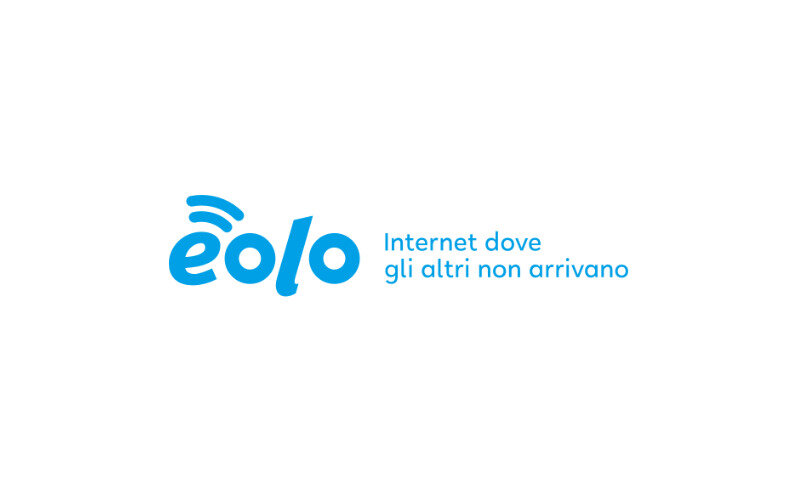Mission
The initiative, in collaboration with Eolo, analyzes and comments on the state of the art of connectivity in Italy within the European context, in order to identify the structural needs, the obstacles to be removed and the benefits of 1 Gbps connectivity for the country.
Next steps
The first edition of this project was inaugurated in the early 2023 to analyze and understand the current and potential role and impacts of Fixed Wireless Access technology, with respect to the goal of ensuring the right of a universal access to the Ultra Broadband.
Throughout 2023, the work was carried out by an Advisory Board composed of representatives of the top management of Eolo and experts of The European House - Ambrosetti. During the meetings, we shared information and experiences on the contribution of connectivity to the economic and social development of Italian territories and economic sectors, the principle of technological neutrality and the role of the public operator, with the aim of supporting the positioning of FWA technology for the digitalisation of Italy.
The results of the analysis were summarized in a Strategic Study, which was presented in Rome, on September 26, 2023. The Round Table brought together a selected group of entrepreneurs and top executives of the main telecommunications companies that are operating in Italy, representatives of public institutions, trade associations, academicians and industry experts, who dialogued on the topic and commented on the strategies for attracting and accelerating investments at the national level that were proposed by the Advisory Board.
Why is it important to talk about connectivity?
Some data to understand the situation in Italy and Europe
Connectivity suffers from territorial differences
Italy has inferior Internet performances in comparison to the EU average (108 Mbps at the national level against 124 Mbps in the EU on average). The Province of Milan has an average speed of 188 Mbps, but of the 133 municipalities it is made of, 78% does not even reach 100 Mbps. Similar differences can be found throughout the peninsula: in the province of Naples (136 Mbps average) only 11% of municipalities exceeds 100 Mbps, while in the province of Rome (133 Mbps average) the percentage drops to 4% of municipalities.
High connectivity helps to start businesses
57.7% of European provinces with a navigation speed above 100 Mbps have a high business creation rate (greater than 10%). Conversely, only 1 in 10 European provinces (10.8%) among those with performance below 30 Mbps has a high business creation rate. The same results are evidenced by the analysis at the national level: among Italian provinces with a navigation speed below 30 Mbps, only 5.3% have a business creation rate above 10%.Low connectivity is related to the risk of poverty
90.9% of European regions with a Internet speed below 30 Mbps have a high percentage of people at risk of poverty (over 25% of the resident population). The number of people at high risk of poverty falls by almost two-thirds in regions with navigation speeds above 100 Mbps.Connectivity supports social inclusion
Digital tools may help access training and job opportunities, but it must be supported by appropriate measures. In 2021, only just over a third of of the youth in Italy (34.5%) attended an online training course (5 p.p. less than the European average). In addition, all European regions with a navigation speed of less than 30 Mbps have gender gaps of more than 15 p.p.; on the contrary, among regions with speeds above 100 Mbps, only 12.5% are in this condition, while more than two thirds (67.0%) have gender gaps of less than 10 percentage points.





















